Super Smash Bros. Ultimate is the definition of “easy to learn, and hard to master.” On one hand, it can be a fun party game to play with your friends and family. On the other, it can be one of the most in-depth and competitive video game a person could ever play.
Thankfully, Smash Ultimate is right in the Goldilocks zone, where casual players can enjoy the simplicity of the gameplay and where competitive players can take a deep dive to get the upper hand of a match and be better than everyone else in the room.
One thing that can really separate the skill gap between each player are combos. In this guide, we’ll cover some tips and tricks to help you perform great combos. There’s a lot to consider, so this will require a lot of experimentation, skill, and knowledge of Smash Ultimate.
Let’s get started!
What Is a Combo?

First off, let’s go over what’s considered a combo in Smash Ultimate. A combo is a series of inescapable attacks that deal more damage together. It’s a sure-fire way to raise your opponent’s percentage and set them up for a knockout on stage.
Every single character in the game has a certain route or follow-ups to take when creating a combo. The special thing about it is that most, if not all have a similar structure when creating these combos. For example, Mario and Fox have a neutral air move (called a Nair) that have similar properties and can be followed up in similar ways.


As you can see, these moves look identical side by side. Both of these moves are solid starters for starting their combos and are a very versatile move to use right away. If timed correctly, you can easily connect a Nair with a forward tilt (called an F-tilt).
There are a lot of things to consider when creating a combo. It doesn’t just come down to the moves you’re using, but the properties of the hit. This includes your opponent’s damage percentage, size, and weight.
Percentage
Percentage is one of the main factors to consider when starting a combo. When approaching with a move, look at how high or how low the percentage of the opponent is. Some combo routes can only work in some percentages. Let’s use Mario’s Nair example again on Bowser.
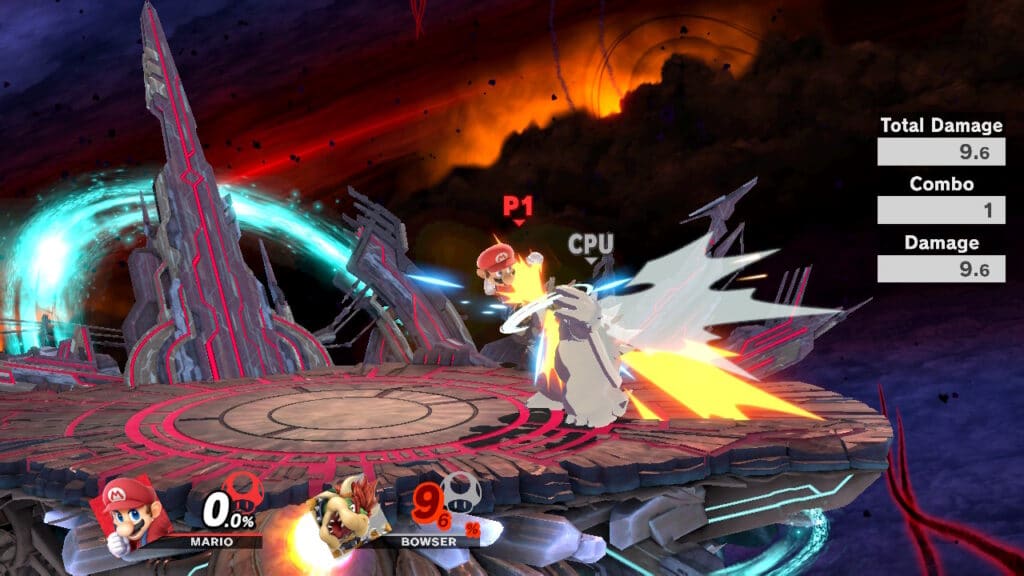
When connecting a Nair on hit at low percentages (somewhere between 0–30%), you can see that Bowser is standing still in place after he gets hit. The most simple follow up after this would be to connect with Mario’s jab combo, or pressing neutral A three times.
This connects well because, after the Nair, Bowser isn’t knocked too far back or given enough time to recover or retaliate with something of his own. Now let’s take a look at when Mario’s Nair connects at a high percentage on Bowser.

Notice the difference — Bowser knocks further back and is now in the air. Things get a little more interesting now, because this opens up multiple ways to follow through. If you Nair low enough, you can follow up with either a F-tilt or a Running Attack to connect. You can go to training mode to practice this, and it does show a combo counter on the right side of the screen.
If the combo counter reaches at least 2, then that means the sequence of attacks has connected, making it a combo. Although the combo counter is a good measurement of a combo, you don’t need to rely on it to know for sure if your combo is actually considered a combo. You can still continue your combo even after your opponent has touched the ground in what’s called a Tech Chase (we’ll cover that shortly). In general, just make sure that you try to catch your flying opponent with a running attack after the Nair and watch for the combo counter.
Combo Tips: Tech Chase
Though you’re both technically on neutral ground after your opponent lands, they’re still at a disadvantage because they need to get up after being knocked down. If you’re Mario in this situation, you can perform what’s known as a Tech Chase.
Your goal is to catch whatever Bowser does to get up. He has multiple options — performing a get-up attack, rolling forward or back, or simply standing up and doing nothing.




If you can guess what he’s about to do, you can continue your combo. Each character will have their own punish game after the Tech Chase, but in the example images below, Mario goes for a grab, does an Up-Throw and follows up with a down air (Dair).

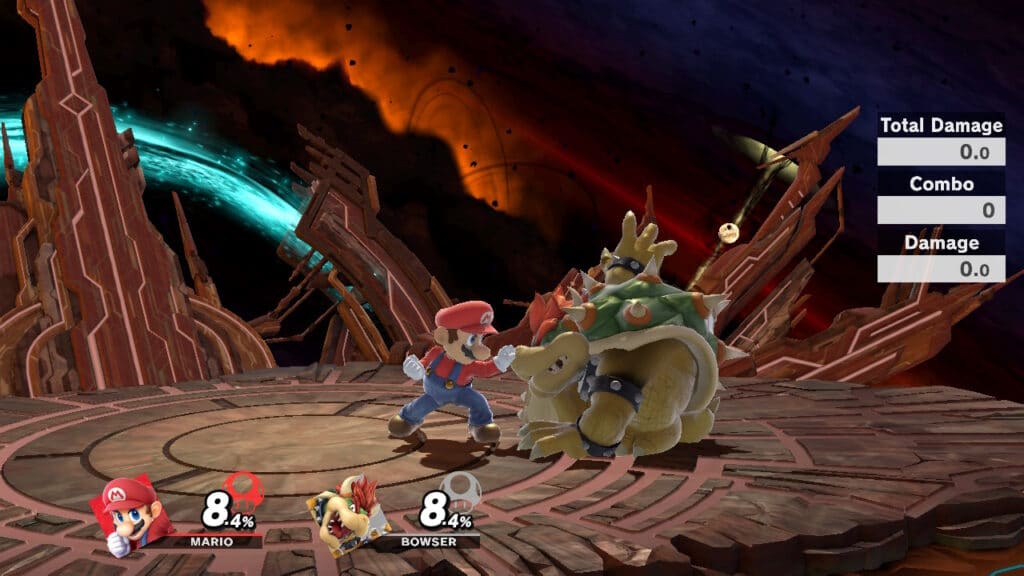


Tech Chasing is important with combos because your turn technically isn’t over. You can put the opponent in multiple Tech Chase situations where they won’t be safe until they’re on their feet.
Combo Tips: Sour vs Sweet Spot
Most (if not all) characters have a move that includes either a sour or sweet spot. Mario’s Nair, Captain Falcon’s Knee, and Marth’s Tipper are some clear examples of this. Let’s use Marth as an example, since this is easier to spot. Marth’s sword is unique in that it has both a sour spot and a sweet spot, depending on where you hit the opponent. The sour spot is around the base of his sword. The sweet spot is the very tip of his sword, which is also known as Tipper.


Hitting with the sweet spot deals high damage and has incredible knockback, and can knock out an opponent at about 80%. The sour spot, by contrast, deals very little damage and has low knockback.
You can still use this to your advantage, though. Since it doesn’t knock back as much, it’s a great tool for combos. A common follow-up is Marth’s forward air (Fair).

During this move, if timed correctly, he can combo sour Fair into each other, making it a good carry tool. He can even end with a sweet spot Fair, a sweet spot Nair, or a sweet spot Forward Smash to finish the opponent off. Marth is only one of the characters that can utilize sweet and sour spots into his combo game. Experiment with the rest of the cast to figure out what those can be!
Weight and Knockback Factoring Into Combos


When a character gets hit, their knockback distance depends how high their current percentage is. This is simple enough, but knockback is also affected by the character’s weight. The above picture shows the knockback of Kirby and Bowser. After falling for some time, notice the high differences between the two after being in the air at the same time.
Bowser is considered a heavy character, while Kirby is considered a light character (also known as a Floaty). If both characters were to be knocked in the air by the same move and at the same percentage, Bowser will fall faster than Kirby. This affects combos because you need to adjust to the weight and size of the opponent.
It would be easier to connect moves on Bowser because of his size. Kirby would require a little more work, since he’s a lot smaller and is able to stay in the air longer, thus harder to follow up on.
With all of these tips in mind, it will take a lot of practice and character familiarity to create a good combo game. The perk about Smash Ultimate is that compared to other fighting games, you can basically do whatever you want and it’s not as set in stone like the others. There are a lot of routes to take and hopefully with these factors in mind, combos will be easier and you’ll look very stylish in front of everyone!
Join the High Ground
Did you enjoy this article about Super Smash Bros. Ultimate combo tips? Leave us a comment or a question below, and sign up for our newsletter to stay up to date on the latest in the gaming community.
Happy gaming!
Related Reading


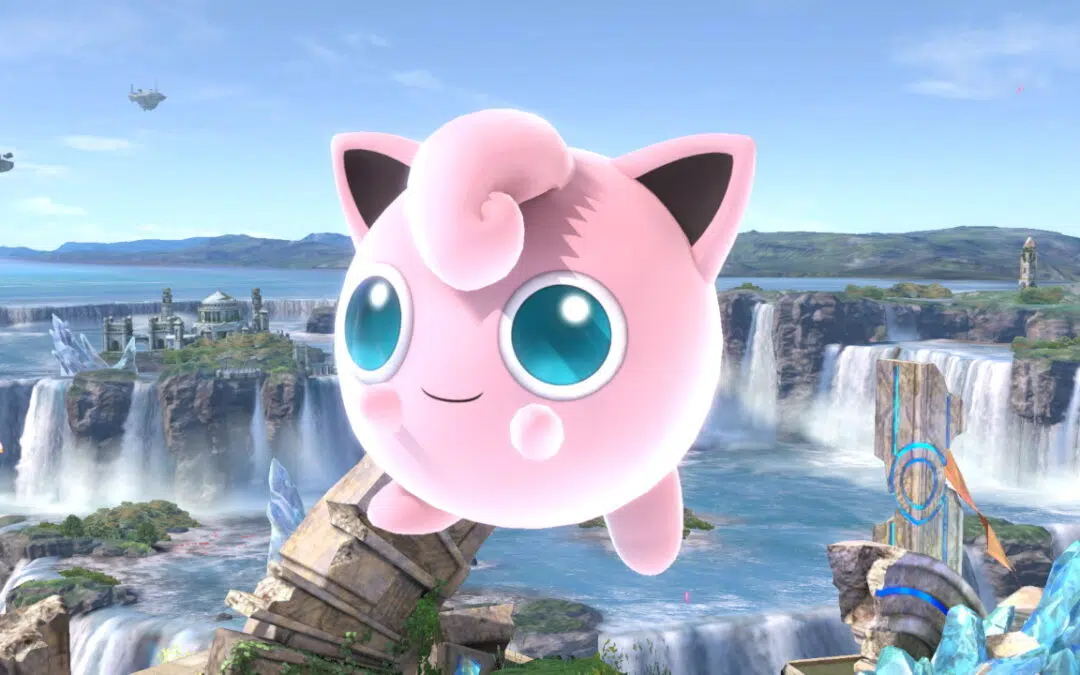


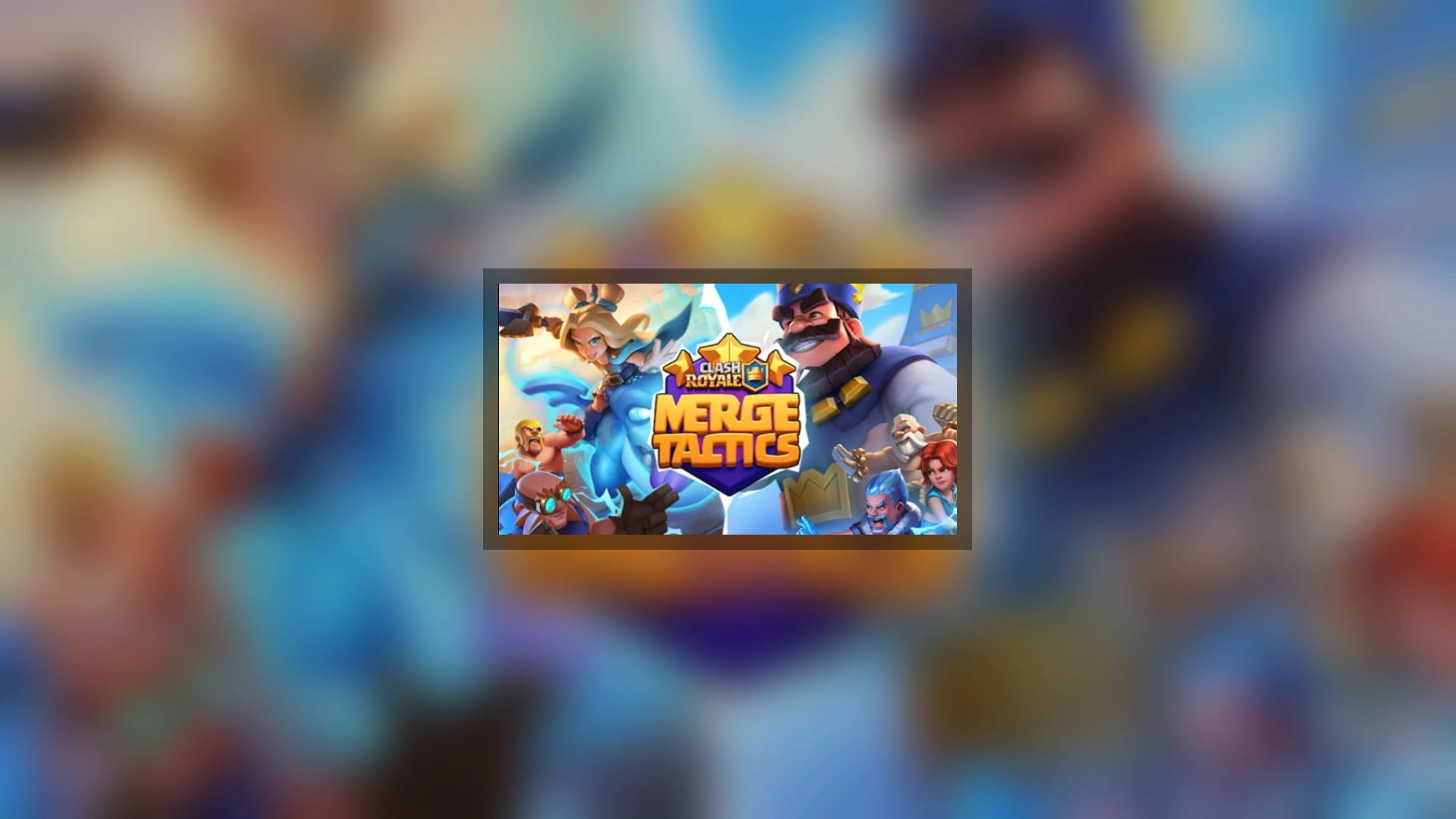
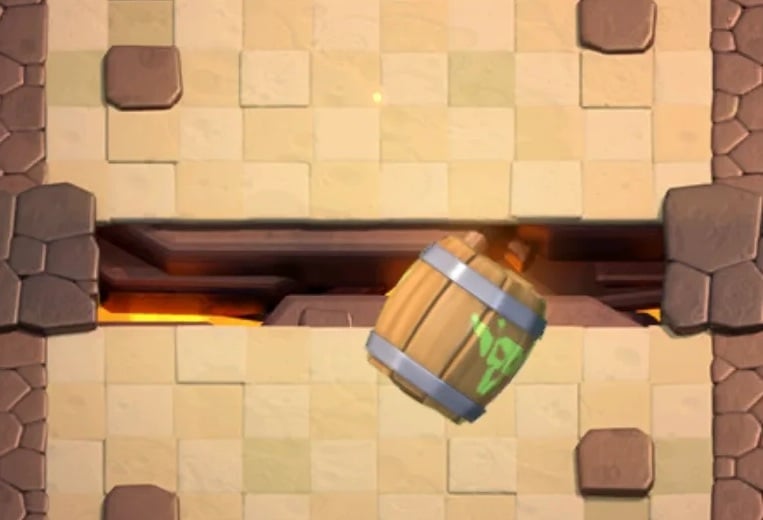
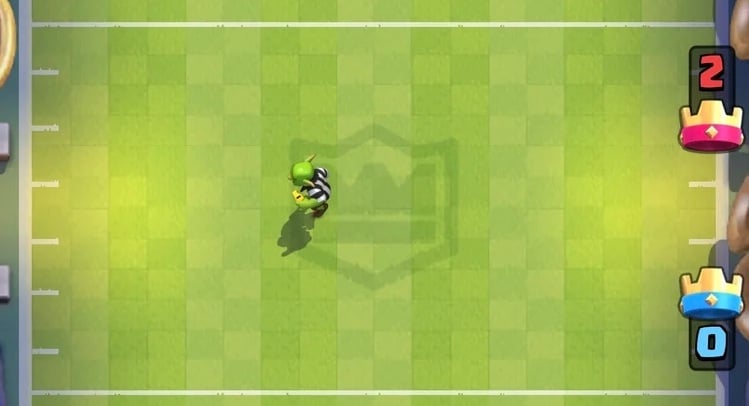
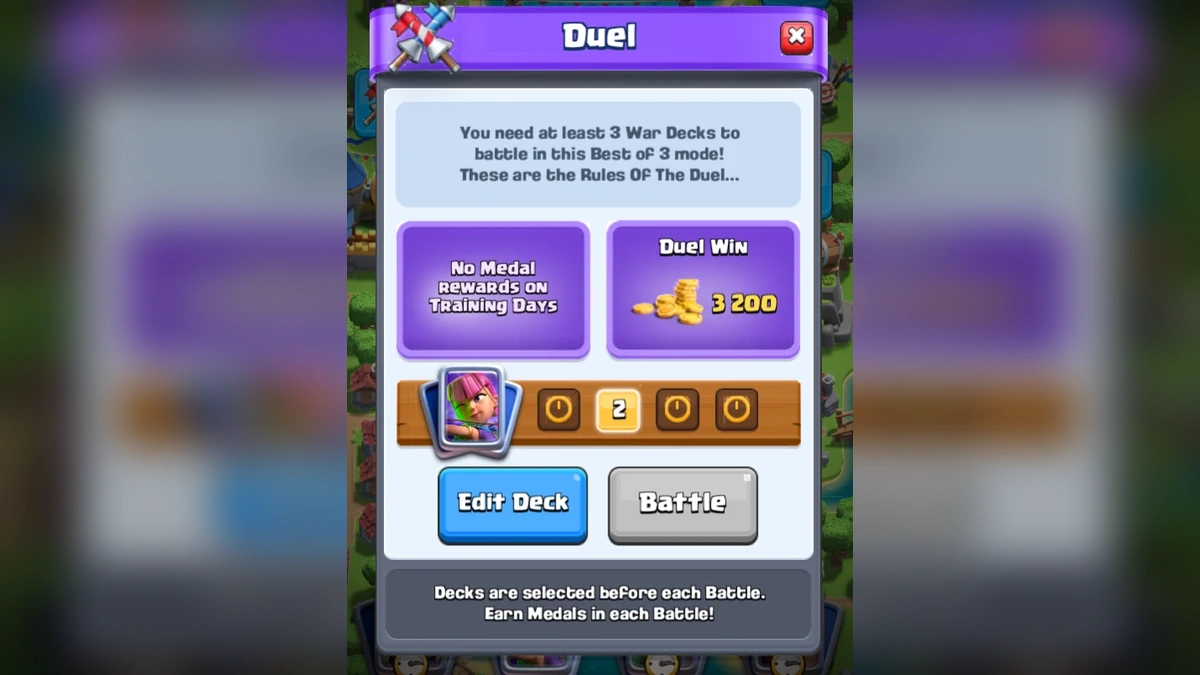
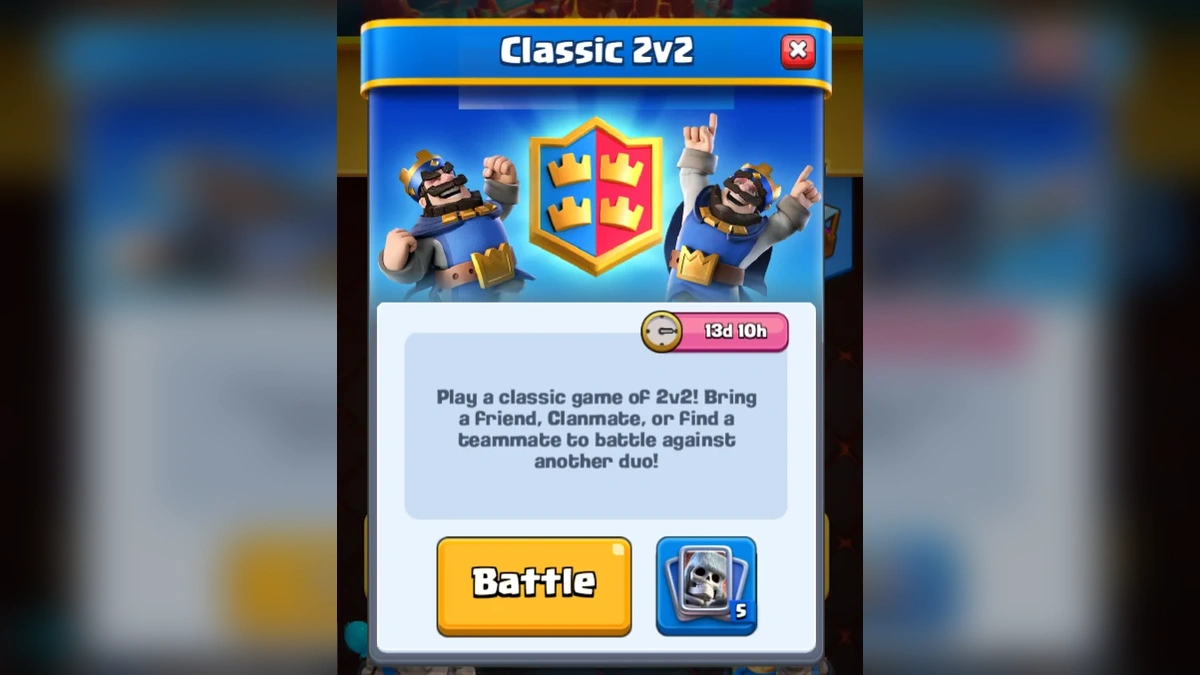
You must sign in to comment.
Don't have an account? Sign up here!